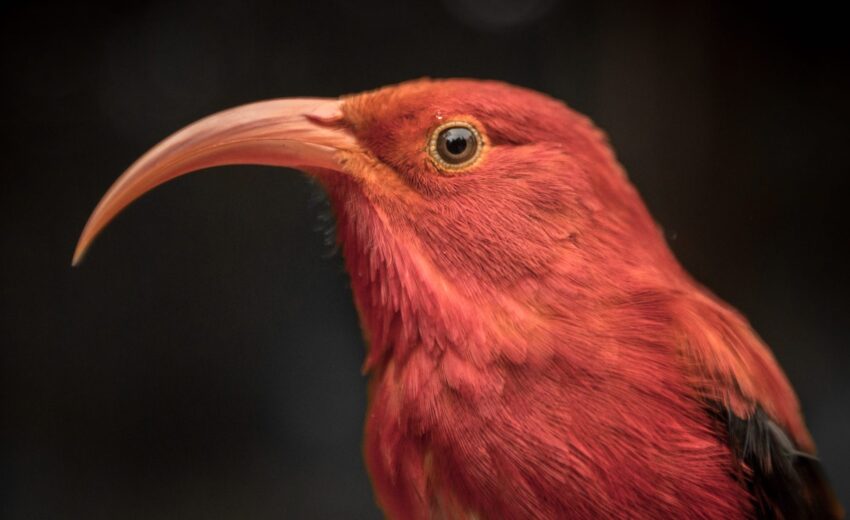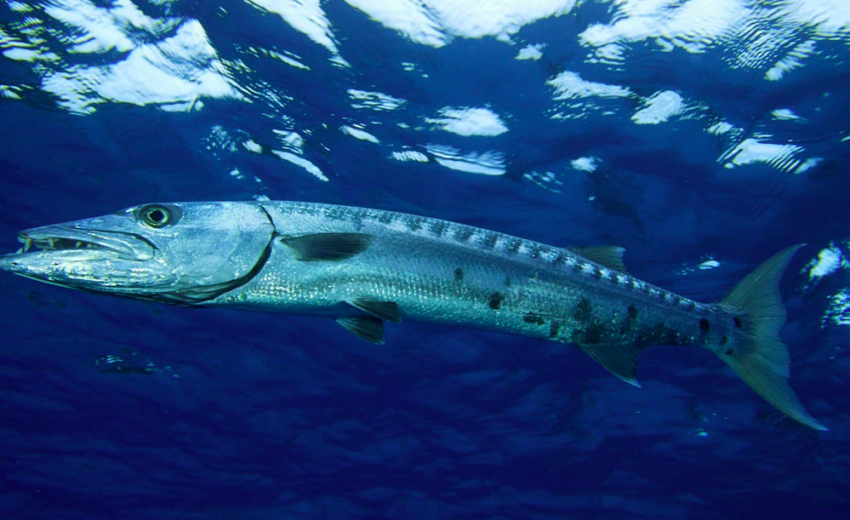The Hawaiian honeycreeper is a model in adaptive radiation (evolution that occurs when an organism adapts to new environments through genetic mutation). These birds can be found throughout the Hawaiian islands. They prefer
- Zoology
- Daily Critter Facts
- For Teachers
- Study Guides
- Animal Diseases & Parasites
- Contact


